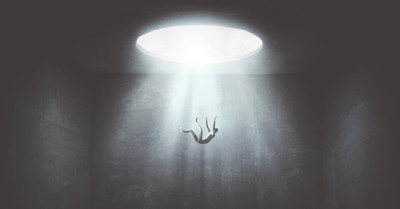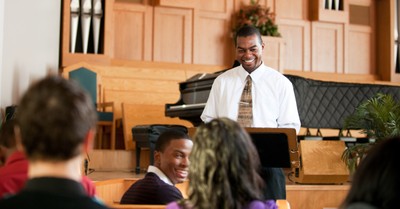Can Romance Novels Hurt Your Heart?
- Updated May 23, 2011
On the nightstand of a woman in your church, there’s a Christian romance novel and a Bible. Does that matter? On the Kindle of a teenage Christian woman in your congregation’s youth group, there’s a “young adult” fiction bestseller. Should that concern you?
A new book by Boston University researchers Ogi Ogas and Sai Gaddam, A Billion Wicked Thoughts, offers a disturbing look at how Internet search engines reveal much about the sexual and emotional desires of men and women, and how they differ. The research confirms in some ways what almost everyone knows: men are visually engaged, attracted to youth and sexual novelty, and are thus vulnerable to visual pornography.
The research explores further what the commercialized romance industry tells us about what it means to be a woman (at least in a fallen world). Women are much less likely to be drawn to visual pornography (although more do so than one might think), but are quite likely to be involved in such media as Internet romantic fiction or the old-fashioned romance novel.
The romance novel follows, the researchers argue, a typical pattern. The hero is almost never, they say, a blue collar worker, a bureaucrat, or someone in the traditionally feminine occupations (hairdresser, kindergarten teacher, etc.). He is competent, confident, and usually wealthy. He is, in short, an alpha male.
But, they argue, this alpha male is typically a rough character who learns to be tamed into kindness, kindness to her. Thus, you wind up with not only the strong silent cowboys with the soft interior life, but also these days vampires and werewolves and Vikings.
And all of this is moving toward the climax of the romance story: the “happily-ever-after.”
“Romance novels rarely have a sequel,” the book concludes. “Once the hero and heroine are joined in love or matrimony, they get their Happily-Ever-After, presumably with a bevy of children and domestic bliss. Further adventures would violate the female fantasy of true, committed, eternal love.”
“Though there are many series of modern romance novels, once a couple gets their Happily-Ever-After in one book, they only resurface as beloved supporting characters in future books, with each subsequent book’s focus on a new hero or heroine.”
Of course, as they do with pornography, these scholars explain all of these archetypal female desires in a Darwinian need for the woman to seek out a mate who can be simultaneously monogamous and protective of the offspring. This evolutionary desire is seen in the strong male who pours out his feelings of devotion, and whose lifelong commitment is frozen in time and certainty in the Happily-Ever-After moment.
While I don’t share all the presuppositions of these scholars, I think they’re on to something about the allure of the commercialized romance story. Pornography and romance novels aren’t (or at least aren’t always) morally equivalent, but they “work” the same way.
Both are based on an illusion. Pornography is based on the illusion of a perfectly willing, always aroused partner without the “work” of relational intimacy. Often romance novels or their film equivalents do the same thing for the emotional needs of women that pornography offers for the erotic urges of men.
And in both cases, what the “market” wants is sameness. Men want the illusion of women who look just like women but are, in terms of sexual response, just like men. Women want the illusion of men who are “real” men, but, in terms of a concept of romance, are just like women. In both artificial eros and artificial romance, there is the love of the self, not the mystery of the other.
Thankfully, we do not yet have a market for “Christian” pornography (but just wait, someone will find a way). But we do have a market for “Christian” romance novels. Now some of those classified as such aren’t really “romance novels” at all. They’re complicated looks at the human condition, especially male/female relationships, from a Christian vantage point.
A lot of this genre, though, is simply a Christianization of a form not intended to enhance intimacy but to escape to an artificial illusion of it. Granted, there’s no graphic sexuality here. The hero and heroine don’t sleep together; they pray together. But that’s just the point.
How many disappointed middle-aged women in our congregations are reading these novels as a means of comparing the “strong spiritual leaders” depicted there with what by comparison must seem to be underachieving lumps lying next to them on the couch?
This is not to equate morally “romance novels” with the grave soul destruction of pornography. But it is worth asking, “Is what I’m consuming leading me toward contentment with my spouse (or future spouse) or away from it? Is it pointing me to the other in one-flesh union or to an eroticized embodiment of my own desires? Is this the mystery or a mirage?



















